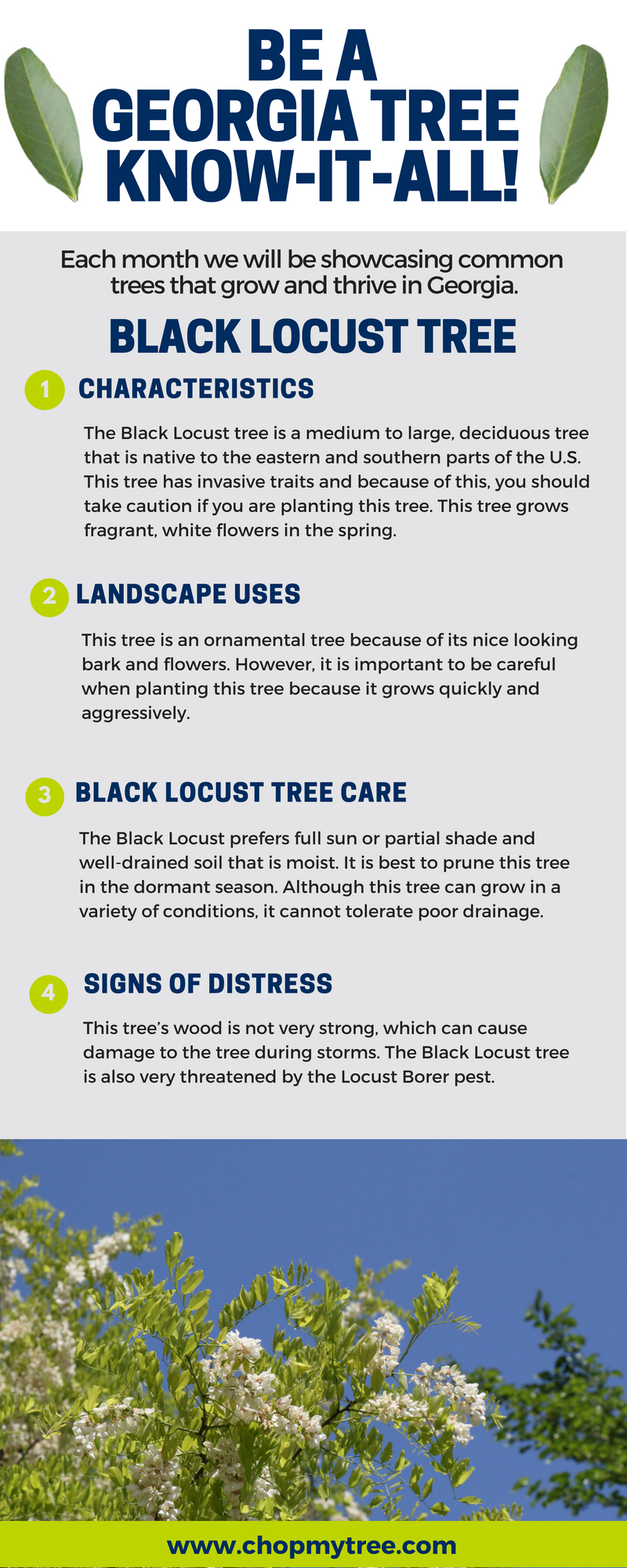Seasonal Tree Upkeep: Guidelines For Taking Care Of Trees Prior To And After They Are Eliminated
Seasonal Tree Upkeep: Guidelines For Taking Care Of Trees Prior To And After They Are Eliminated
Blog Article
Authored By-
When it comes to seasonal tree treatment, making certain correct monitoring prior to and after removal can considerably influence the health and wellness and visual appeals of your landscape. By understanding the required actions associated with examining tree health and getting ready for elimination, you can proactively guard your residential property. However what about the important methods to comply with once the tree is gone? Keep tuned to uncover the crucial post-removal treatment actions that will help you cultivate a successful and lasting environment for your trees.
Pre-Removal Tree Care
Before resolving the elimination of a tree, it's important to focus on pre-removal tree treatment. Begin by examining the tree's wellness and architectural stability. Search for signs of condition, bug problems, or any kind of structural issues that may pose a safety and security threat during removal. It's important to talk to a certified arborist to figure out the most effective course of action.
Pruning dead or infected branches can protect against further damage to the tree and make sure a smoother removal process.
Additionally, consider the environmental influence of removing the tree. Trees play an important role in our ecosystem, so growing a brand-new tree in an appropriate location can aid counter any loss. Guarantee that you have the needed permits and approvals for tree elimination, particularly if the tree is protected by local laws.
Seasonal Upkeep Tips
Assessing your tree's requirements throughout the year is vital for its wellness and durability. To keep your trees in top problem, comply with these seasonal maintenance tips.
In spring, focus on trimming to remove dead or damaged branches and motivate new development.
Summer calls for routine watering, especially during dry spells, to ensure your tree stays hydrated.
As https://www.bobvila.com/slideshow/the-dos-and-don-ts-for-landscaping-around-trees-52681 , keep an eye out for very early indications of condition or anxiety, and consider using compost to secure the roots throughout winter months.
In winter months, beware when removing snow from branches to stop breakage, and continue to monitor your tree's total health and wellness.
Keep in mind to readjust your treatment regular based on the certain requirements of your tree types and local environment. By remaining alert and positive throughout the periods, you can help your trees flourish and prosper for years ahead.
Post-Removal Tree Treatment
To make sure the health of your landscape also after tree removal, proper post-removal treatment is important. After a tree is gotten rid of, it's vital to fill the staying hole with topsoil and compact it to prevent settling. This will certainly aid maintain the stability of the ground and stop prospective dangers in the future.
Think about growing new greenery in place of the gotten rid of tree to recover the equilibrium and aesthetics of your landscape. Consistently water the area to promote the development of new plants and prevent dirt erosion.
Evaluate the surrounding trees for any kind of indications of illness or anxiety that might have been caused by the eliminated tree. Watch out for propety manager that may've been drawn in to the previous tree and take preventive measures to secure the continuing to be vegetation.
If necessary, consult with an expert arborist to analyze the effect of the elimination on the bordering trees and figure out any kind of additional care needed. By adhering to these post-removal treatment actions, you can guarantee the continued wellness and beauty of your landscape.
Final thought
In conclusion, aggressive seasonal tree care is crucial for maintaining the health and wellness and balance of your landscape. By assessing tree wellness, trimming, and consulting with an arborist prior to elimination, you can guarantee a secure procedure. After elimination, filling up the hole, growing new greenery, and normal watering will certainly advertise new development and stop erosion. Remember to examine surrounding trees for illness and seek more care steps from an arborist to maintain your landscape flourishing.
